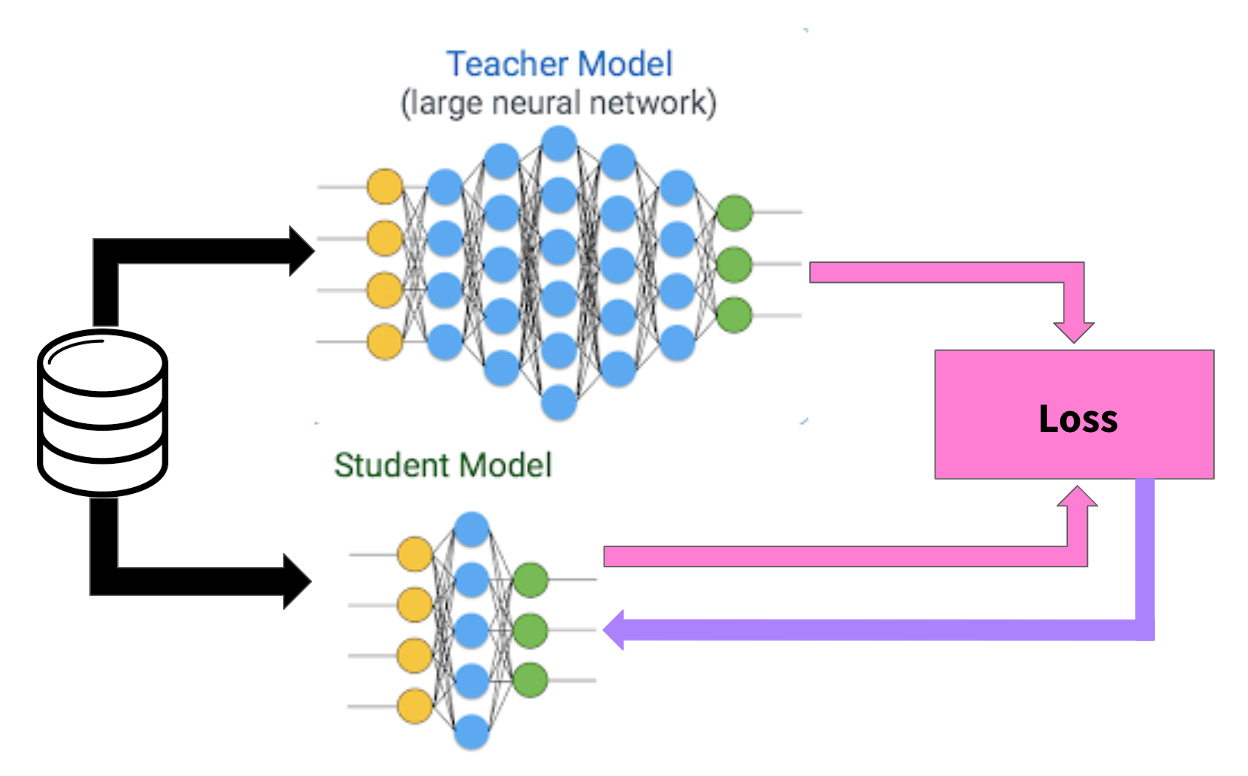
State-of-the-art for many NLP tasks are dominated by deep learning models. Effectively utilizing the signal in the sequence of words via Recurrent Neural Networks (RNNs) provides impressive accuracies, especially when using LSTM-based models. These models however have the disadvantage of longer scoring times. Convolutional Neural Networks (CNNs) on the other hand are significantly faster during inference due to their parallelism. Moreover, some recent work suggests that RNN and CNN provide complementary information when trained on the same data for various NLP tasks. In this paper, we propose a method that allows the training of very competitive CNNs by blending in the complementary knowledge from an LSTM Teacher model. We empirically validate the method on multiple standard text classification datasets to demonstrate that the Student CNN model can be up to 15x faster than the Teacher LSTM, while being more accurate than training the same CNN model directly from the data.

Deploying trained convolutional neural networks (CNNs) to mobile devices is a challenging task because of the simultaneous requirements of the deployed model to be fast, lightweight and accurate. Designing and training a CNN architecture that does well on all three metrics is highly non-trivial and can be very time-consuming if done by hand. One way to solve this problem is to compress the trained CNN models before deploying to mobile devices. is work asks and answers three questions on compressing CNN models automatically: a) How to control the trade-o between speed, memory and accuracy during model compression? b) In practice, a deployed model may not see all classes and/or may not need to produce all class labels. Can this fact be used to improve the trade-o? c) How to scale the compression algorithm to execute within a reasonable amount of time for many deployments? e paper demonstrates that a model compression algorithm utilizing reinforcement learning with architecture search and knowledge distillation can answer these questions in the armative. Experimental results are provided for current state-of-the-art CNN model families for image feature extraction like VGG and ResNet with CIFAR dataset

We describe the system submitted for the shared task on Aggression Identification in Facebook posts and comments.Previous works demonstrate that LSTMs have achieved remarkable performance in natural language processing tasks. We deploy an LSTM model with an attention unit over it. Our system ranks 6th and 4th in the Hindi subtask for Facebook comments and subtask for generalized social media data respectively. And it ranks 17th and 10th in the corresponding English subtasks.

We introduce an approach for end to end training regime involving localization and segmentation using Faster RCNN and U Net. This involved collection and cleanup of High Dimensional MRI images and then proposed a novel end to end regime to first localize the Femoral head using RCNN model then segment it.